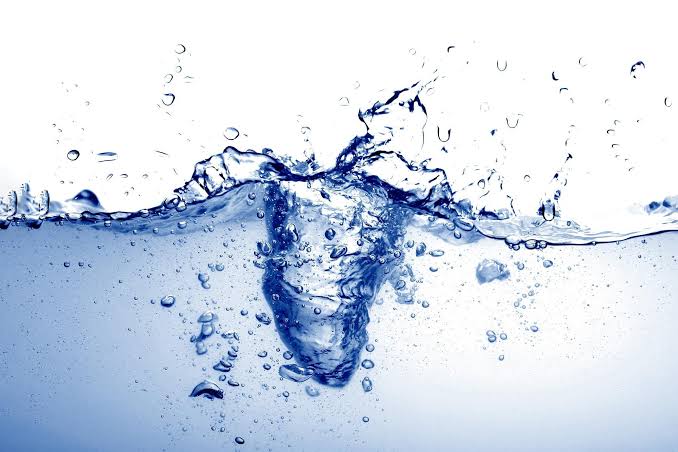 Dehydration is almost a fact of life, but some drinks are better suited for fixing it than others. Do you know which ones?
Dehydration is almost a fact of life, but some drinks are better suited for fixing it than others. Do you know which ones?
Three types of drinks exist based on tonicity - hypotonic, hypertonic and isotonic. Tonicity refers to the concentration of carbohydrates (sugars) and electrolytes in a solution compared to the concentration of these components in human blood. This, in turn, affects how quickly the body can absorb its fluids and nutrients, impacting hydration and energy levels differently depending on tonicity.
Isotonic drinks have a similar concentration of carbohydrates and electrolytes to human blood, legislated as an average osmolality of 250–340 milliOsmol/L, according to the Australian New Zealand Food Standards Code.
Hypotonic drinks (such as THORZT) have a lower concentration, and hypertonic drinks have a higher concentration, than blood.
Hypotonic solutions cause blood cells to absorb fluids faster than they lose them, while the opposite occurs in hypertonic solutions. Isotonic solutions are at equilibrium.
Many soft drinks or energy drinks are hypertonic, meaning that your blood loses fluid faster than it absorbs it. While this does mean that these drinks are more efficient at quickly transmitting many nutrients to the body, resulting in increased energy (part of the term 'energy drink'), it also leads to dehydration - they're good for energy recovery after exhausting exercise, not for rehydration. Considering it's a drink that's making you more dehydrated, it's not hard to see why a lot of people don't understand this.
On the other hand, isotonic solutions can prevent or treat mild dehydration, but will only provide small to moderate amounts of energy.
Finally, hypotonic drinks are the most effective for rehydration, as their low concentration of sugar and electrolytes allows fluids to be more efficiently absorbed into your blood. While this does come with the caveat of providing less energy, typically your greatest losses during exercise will be water and sodium - both of which are most easily replenished with hypotonic drinks.
These solutions are also available in other forms, with THORZT providing icy poles designed to quickly and efficiently rehydrate you, and solo shots (some being sugar-free) you can add to your water bottle. All of these options are designed to most efficiently rehydrate you, while also replenishing what you lose most as effectively as possible.
Although you may be tempted to just use regular water, it's actually potentially very dangerous to rely purely on water for rehydration. A condition known as hyponatremia can arise from overconsumption of water. Because you lose sodium and water both through physical exertion - and since most people don't put salt in their water - your blood sodium levels drop and you end up with too much water and not enough sodium. This can lead to a variety of symptoms based on severity, including
- Nausea and vomiting
- Headache
- Confusion
- Loss of energy, drowsiness and fatigue
- Restlessness and irritability
- Muscle weakness, spasms or cramps
- Seizures
- Coma
For further information, check out THORZT's article on hypo/hyper/isotonic drinks here





